What’s it like to eat eel from a Japanese vending machine?
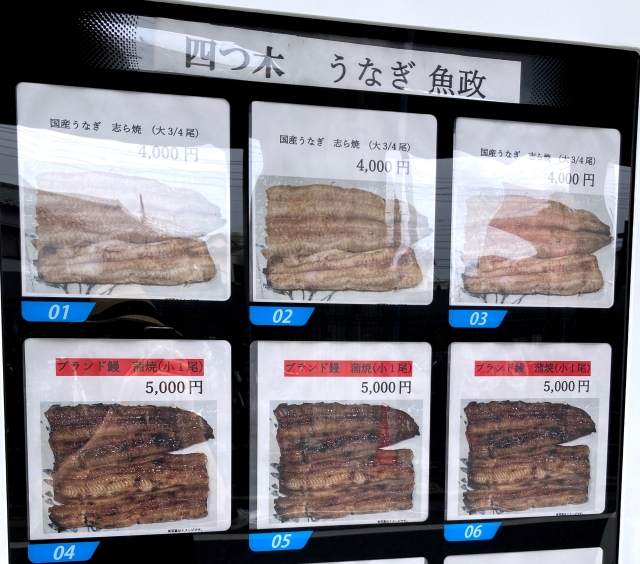
Mr Sato takes us on an unagi adventure.
Our Japanese-language reporter Mr Sato loves vending machines. So much so he likes to think of himself as a vending machine connoisseur, and looking at his track record of using them to buy everything from plastic food samples to creepy tales about pooping, we have to agree.
Mr Sato’s passion for vending machines has given him a sixth sense for knowing when one is calling out to him, so when he heard whispers of a machine filled with unagi (“eel“), he immediately channelled Ross from Friends, pointing his forefinger and middle finger to one temple and solemnly saying, “unagi“.
▼ Harnessing the power of unagi, he made his way to the machine, which is located outside a famous eel restaurant in Tokyo called Uomasa.
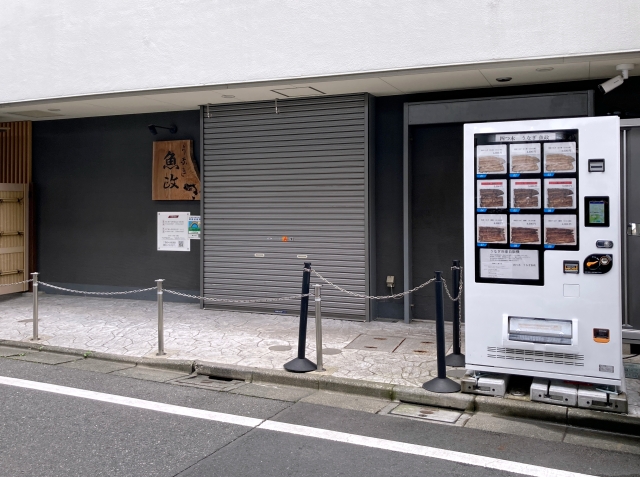
Summer is well-known as one of the best times to eat eel in Japan, as the fish (yes, eels are classified as fish), is said to be indispensable for supplying stamina during the energy-sapping heat.
Uomasa is a respected eel restaurant that’s been in business for about 40 years and commonly appears in gourmet websites and foodie blogs, so it’s a top place to go for quality eel. However, Mr Sato’s visit fell on one of the restaurant’s scheduled holidays, so the restaurant was closed when he arrived.
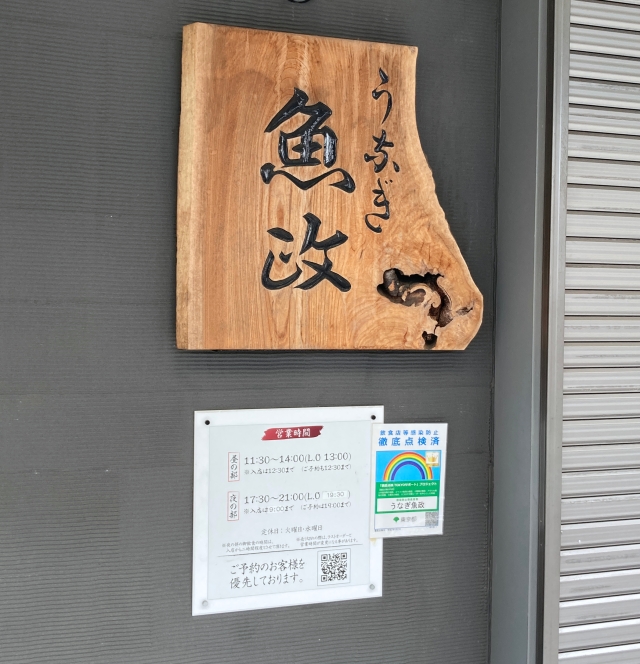
That didn’t mean Mr Sato would be going home without a taste of the restaurant’s eel, though, as the vending machine outside is stocked with three types of eel.
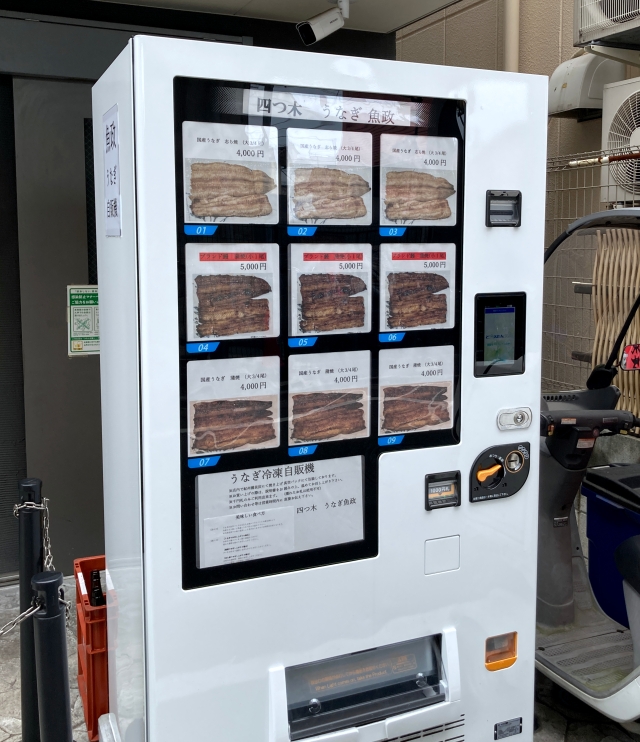
On the top row of the machine we have the “Domestic Unagi Shirayaki (large 3/4 fish)” for 4,000 yen (US$29.39), then “Brand Eel Kabayaki (1 small fish)” in the middle for 5,000 yen, and on the bottom row is the “Domestic Eel Kabayaki (large 3/4 fish)” for 4,000 yen.
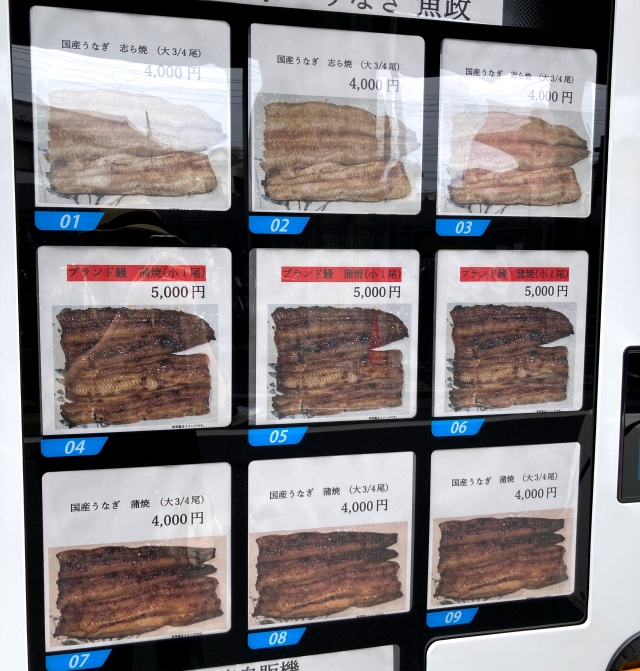
There are two main ways of cooking freshwater eel — shirayaki and kabayaki, which both involve grilling over an open flame, but the former uses no seasoning or sauce, resulting in a whiter meat. Kabayaki, on the other hand, involves dipping the eel in a sweet, thick soy-based sauce whilst it’s being grilled, which gives it a darker colour.
▼ Like a lot of people, kabayaki is the style Mr Sato prefers, so he opted to buy one of the large-sized eels on the bottom row.
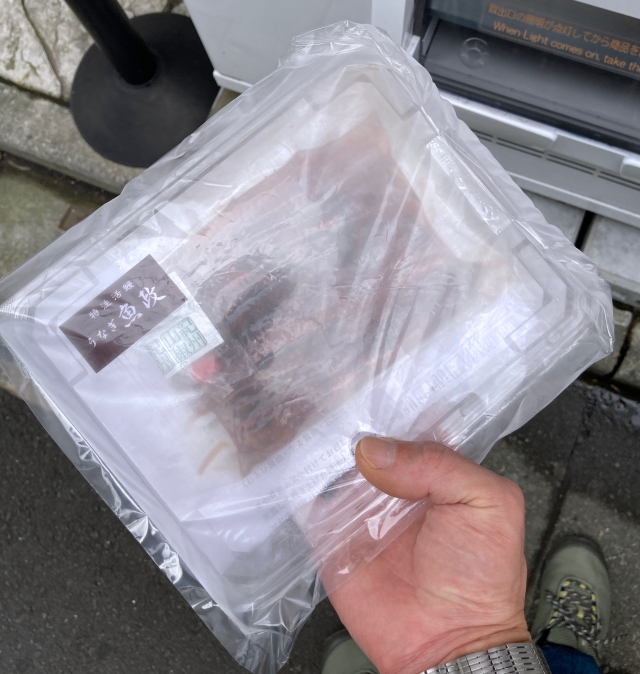
After taking the frozen package home with him, Mr Sato opened it up to find a vacuum-sealed pack of eel and some sauce and Japanese pepper included on the side.
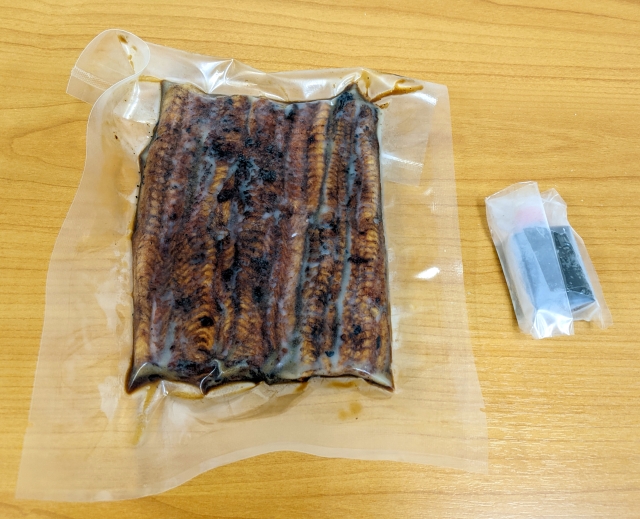
This would make preparing the eel super easy. All he had to do was pop the bag in boiling water for five minutes…
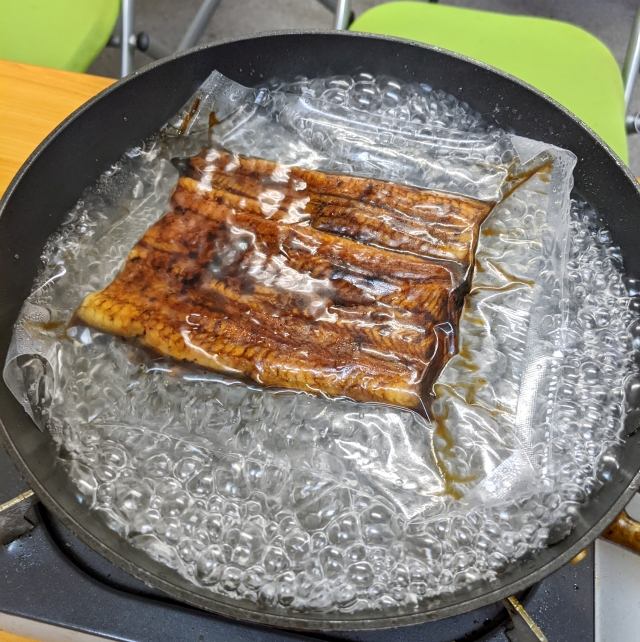
…and then place it on a plate!
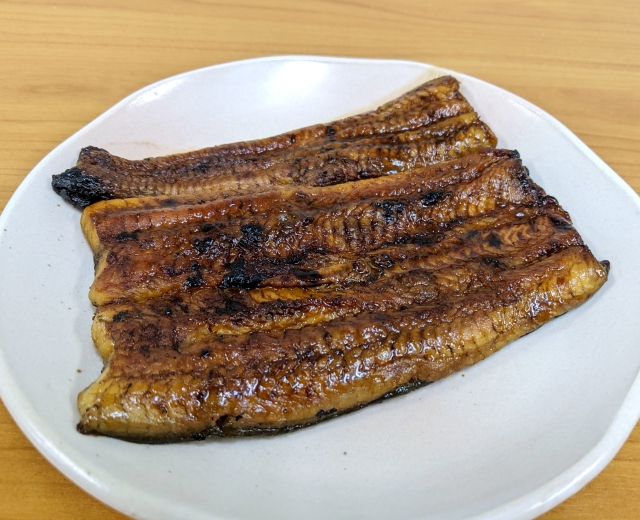
The distinctive smell of kabayaki eel wafted up to his nostrils, making Mr Sato’s taste buds yearn for a taste of the restaurant delicacy. Lifting one of the portions up with his chopsticks, he found it to be heavier than expected, suggesting he would be getting his money’s worth with this meal of eel.
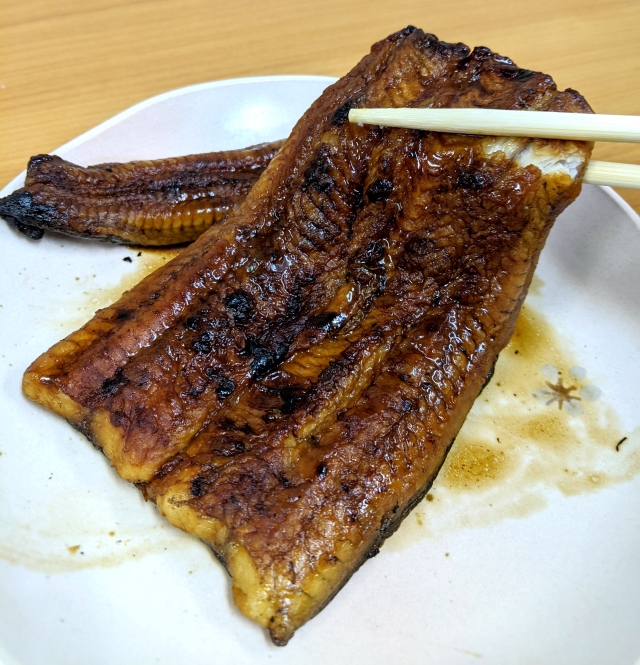
Mr Sato couldn’t resist trying a bite on its own, and it was even more delicious than he’d hoped it would be. The meat was light and soft, and the salty sweet sauce was perfectly balanced. As he chewed, Mr Sato could feel the stamina returning to his body.
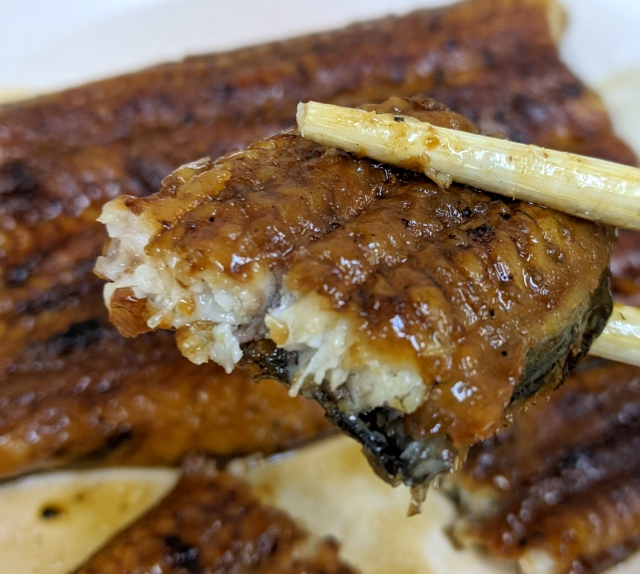
Of course, kabayaki eel is best eaten on a bed of rice, so Mr Sato prepared a bowl of freshly cooked rice for the eel to lie on.
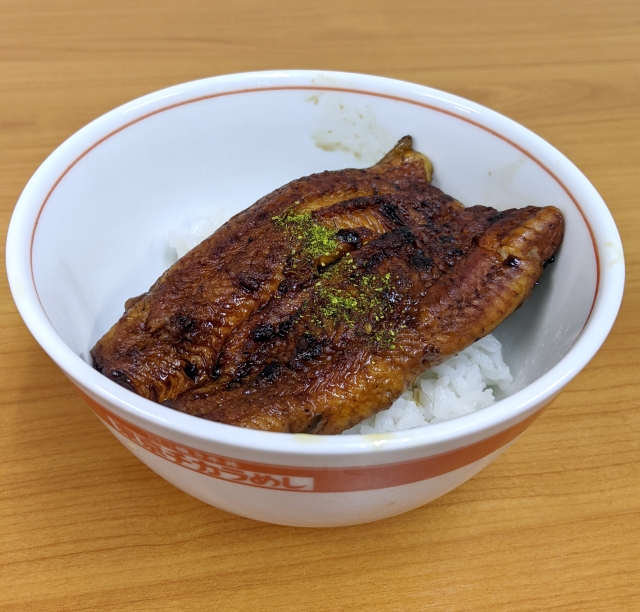
According to the recommended eating instructions, the best way to eat the eel is to put the sauce on the rice and then lay the eel on top. So Mr Sato carefully lifted the eel for a moment to squeeze a good dollop of sauce on the rice beneath it, and then he sprinkled the pepper on top, as per the instructions.
▼ Restaurant-quality eel in the comfort of his own home was a thing of dreams for Mr Sato, so he took a moment to admire its beauty.
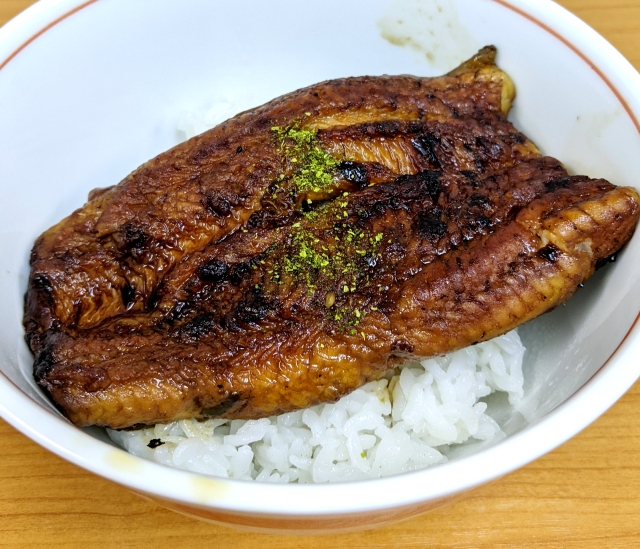
The wonderful, spicy scent of Japanese pepper filled the air as Mr Sato lifted the first morsel of eel and rice to his quivering lips. This first mouthful was incredibly delicious, and Mr Sato felt like jumping out of his seat to do a happy dance as the sweet, salty, spicy, meaty flavours melded together in his mouth.
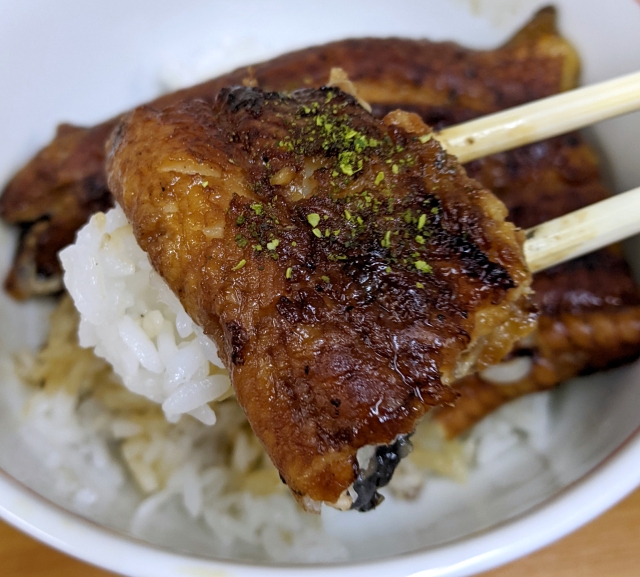
It’s not often you get to enjoy eel this good at home — in fact, Mr Sato couldn’t remember ever having a meal like this in his humble kitchen before. He was impressed not only by the fantastic quality and flavour, but by the ease of preparation, as it took just minutes to make and there was hardly any washing up afterwards.
By the end of his meal, Mr Sato felt his body coursing with newfound stamina, thanks to the energy-filled unagi. It was one of the best vending machine purchases he’s made to date, which is a big accolade from the man who’s waxed lyrical over canned omelettes, canned cream, and expensive vending machine caviar.
Restaurant information
Unagi Uomasa / うなぎ魚政
Address: Tokyo-to, Katsushika-ku, Higashiyotsugi 4-14-4
東京都葛飾区東四つ木4-14-4
Hours: 11:30 a.m.-2:00 p.m. (last order 1:00 p.m.); 5:30 p.m.-9:00 p.m. (last order 7:30 p.m., reservations available until 7:00 p.m.)
Closed Tuesdays and Wednesdays
Website
Photos © SoraNews24
● Want to hear about SoraNews24’s latest articles as soon as they’re published? Follow us on Facebook and Twitter!
Credit:

0 comments:
Post a Comment